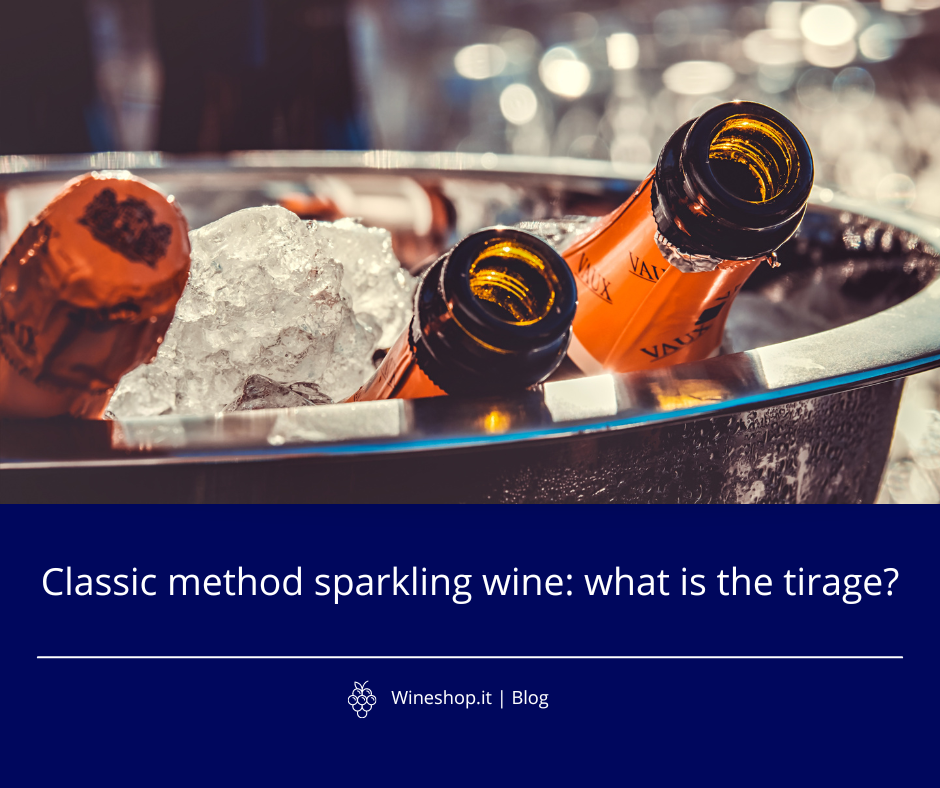Wine Culture
 Wineshop.it wine Blog, which we have recently introduced also in English version, has obtained an important recognition. In particular, we are in the top ten of the best Italian wine blogs and sites. The ranking was compiled by Feedspot, a huge online database that indexes and collects blogs, podcasts, websites and YouTube channels from all over the world. [READ ALL]
Wineshop.it wine Blog, which we have recently introduced also in English version, has obtained an important recognition. In particular, we are in the top ten of the best Italian wine blogs and sites. The ranking was compiled by Feedspot, a huge online database that indexes and collects blogs, podcasts, websites and YouTube channels from all over the world. [READ ALL]
 In today’s article we want to present you a unique wine, which we have the pleasure of hosting in our online wine sales site.
In today’s article we want to present you a unique wine, which we have the pleasure of hosting in our online wine sales site.
It’s called Orto di Venezia. There are many curiosities about the Orto di Venezia that deserve to be revealed and known to enhance a product made in Italy that has no equal in the rest of the world and that can not be produced elsewhere. [READ ALL]
 The theme of today’s article is a specific of the production of a classic method sparkling wine. This phase is called tirage, a word of the French language. Let’s see what tirage means, how this practice happens and at what stage of the production process.
The theme of today’s article is a specific of the production of a classic method sparkling wine. This phase is called tirage, a word of the French language. Let’s see what tirage means, how this practice happens and at what stage of the production process.
If you are looking for information about the tirage, read the following artice and you will satisfy your curiosity. You need a few minutes! [READ ALL]
 How many times did you participate in the aperitif ritual? Have you ever wondered: what is the origin of the aperitif? Who invented the aperitif? What is the history of the aperitif? Why is it so called? Where does the word aperitif come from? What does aperitif mean? We answer in our article. [READ ALL]
How many times did you participate in the aperitif ritual? Have you ever wondered: what is the origin of the aperitif? Who invented the aperitif? What is the history of the aperitif? Why is it so called? Where does the word aperitif come from? What does aperitif mean? We answer in our article. [READ ALL]
 The IWSR (International Wine & Spirits Research), one of the world’s leading alcohol market research institutes, has recently published the results of a study on the possible trends that will characterize the wine sector in 2023 and in the following years.
The IWSR (International Wine & Spirits Research), one of the world’s leading alcohol market research institutes, has recently published the results of a study on the possible trends that will characterize the wine sector in 2023 and in the following years.
According to experts, 5 trends will be protagonists in the wine market in the future. [READ ALL]








